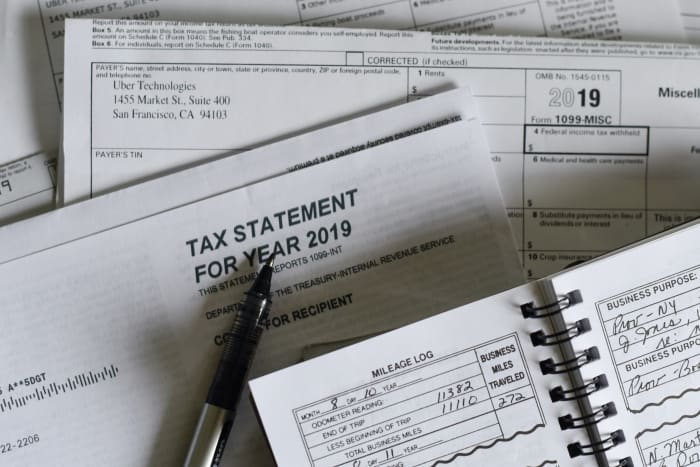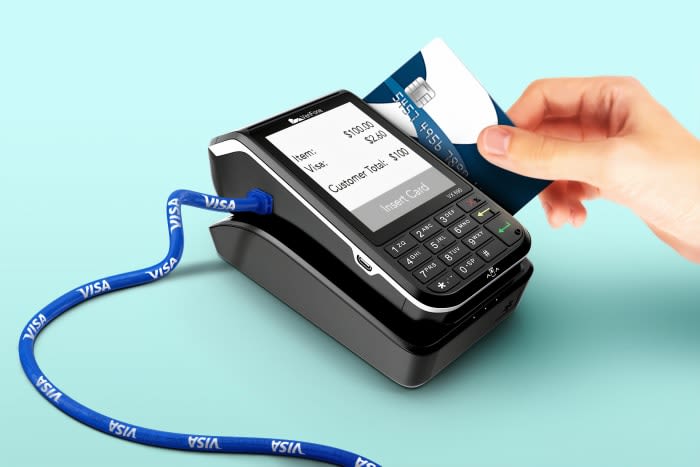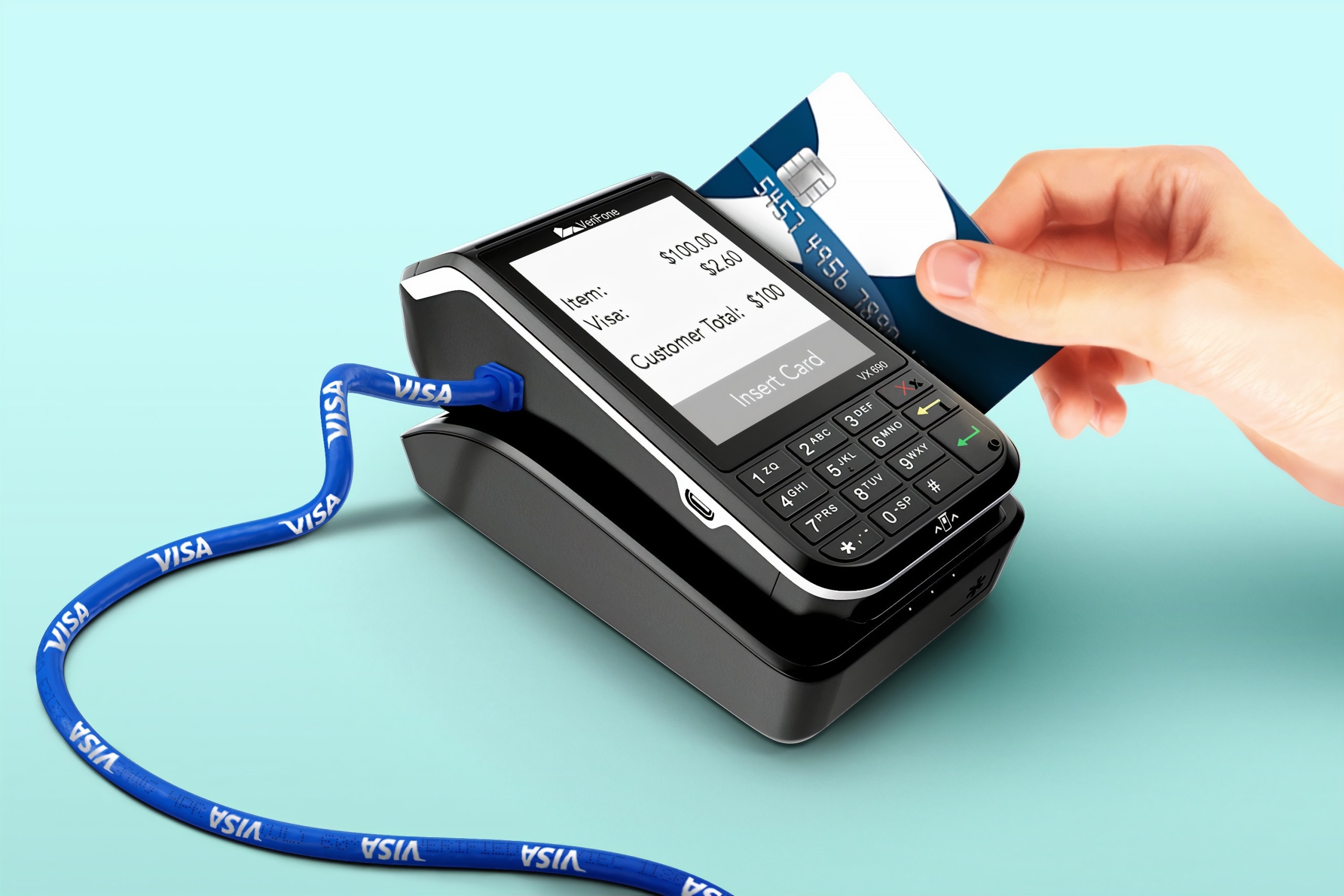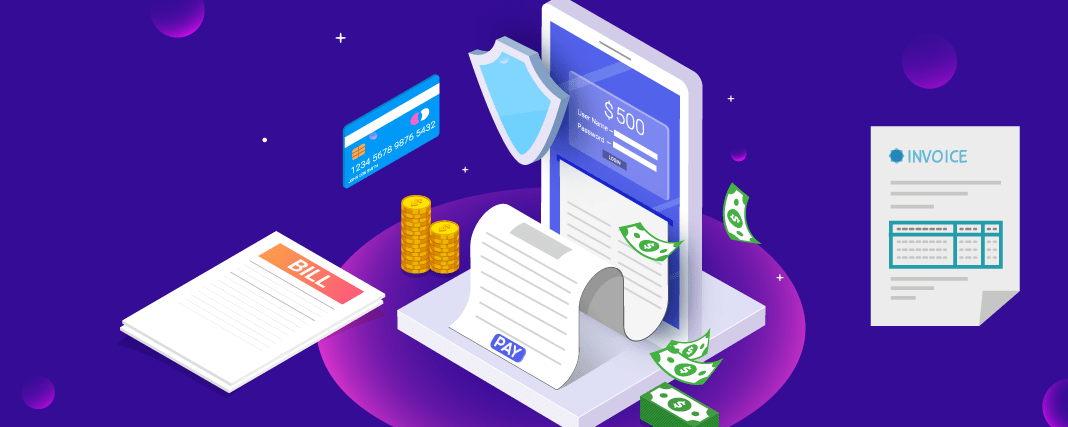Payroll is a list of employees of an organization, institution or company that is entitled to receive pay or salary. Payroll systems today are overly complex and require too many manual tasks. Payroll software solves these tedious tasks by enabling you to pay your employees accurately and automatically.
RemoteTeam offers free US payroll + up to $250,000 R&D Tax Credit for small businesses with PEO and EOR solutions for global payroll solutions.
Table of Contents
What is a Payroll Tax Cut?
A payroll tax cut stops the accumulation of certain wage-based taxes, typically those collected for Social Security and Medicare. Workers who benefit receive a bigger check on payday.
There are 4 types of payroll taxes;
Federal income tax
Social security
Medicare
Federal unemployment

Here’s how those taxes break down, according to Susannah Snider, the Senior Editor for Personal Finance at U.S. News. The federal government levies a 12.4% Social Security tax on workers’ paychecks. The cost is split between employers and employees, with each taking on 6.2% of the tax bill. Wages above $137,700 in 2020 aren’t subject to Social Security tax. Medicare withholds an additional 2.9%, or 1.45% each, split between employees and employers. An extra 0.9% is levied on salaries above $200,000. Money received through a payroll tax cut doesn’t hit your bank account in a big windfall as a stimulus check does. Instead, it’s more of a slow trickle, with paychecks boosted by a few hundred dollars per month, depending on the worker’s salary.
What is a Payroll Journal Entry?
A payroll journal entry is used to record the compensation paid to employees. These entries are incorporated into an entity’s financial statements through the general ledger. The major types of journal entries are:
The initial recordation: this occurs when an asset is acquired, whether leased or purchased.
The accrued wages: accrued wages refers to the amount of liability remaining at the end of a reporting period for wages that have been earned by hourly employees but not yet paid to them.
Manual payments
What is a Certified Payroll?
Certified payroll is a company’s accounts of everything paid out on a contract performed for a government client. It is a record that details the hours worked, the wages paid to each employee, and the jobs those employees performed. Certified payroll is a weekly payroll report that must be submitted by employers who work on federally funded projects.
The Difference Between Payroll and Income Tax
Payroll taxes and income taxes are based on an employee’s wages or salary. The difference is between payroll and income taxes is the person who is responsible for the payment. A payroll tax is paid at least partly by the employer, while income taxes are paid by employees.
What is a Payroll Card?
A payroll card is a prepaid card employers use to pay their employees’ wages or salaries each payday. Payroll cards help employers save money by not having to issue printed checks and also allow them to offer cards to employees who do not have bank accounts. For employees, advantages to payroll cards include the ability to pay bills online, shop online, make automatic bill payments, and get cash at an ATM. Disadvantages include the possibility of monthly maintenance fees, out-of-network ATM fees, and balance inquiry fees.
The amount of the penalty for failure to deposit payroll taxes on time or in full varies depending on how late the payment is and the amount that is past due. For deposits made 1-5 days late, the penalty is 2% of the past due amount. For deposits made 6-15 days late, the payroll tax penalty is 5% of the past due amount.
What is a Bi-weekly Payroll?
A biweekly payroll happens every other week, on the same day, such as every other Wednesday or every other Friday. Because of its predictability, a biweekly payroll is generally easy to understand. Most states dictate how often you must pay your employees. If the state-required payday frequency is biweekly, you may pay more often, such as weekly, but not less frequently.
What is a Payroll Deduction?
There are two types of payroll deductions: Mandatory payroll deductions and voluntary payroll deductions. With mandatory deductions, the employer is required by law to withhold payroll taxes from an employee’s gross pay prior to issuing a paycheck to comply with government regulations.

Employers who fail to follow the law on mandatory deductions are open to lawsuits, fines, and sometimes even going out of business. Examples of mandatory payroll deductions are; federal income tax, state taxes, and local income tax. You can work with RemoteTeam attorneys to stay compliant with your payroll and hiring process.
Voluntary payroll deductions include items such as charitable contributions and the employee’s required contribution to the employer-provided healthcare, dental, or vision insurance coverage.
The Easiest and Best Payroll Software to Use
RemoteTeam
RemoteTeam is one of the best human resources and payroll software for your small business or startup. Remote Team’s simplified and automated payroll process globally includes earnings, deductions, and time-off zero spreadsheets with zero clicks. Remote Team makes it easy for you to track and manage time-off requests. You can also review and approve vacation requests, sick leave, personal leave, and many more. You can even customize and create your own time-off policy and requests as needed. When you use Remote Team, you can skip the bank inconvenience and keep your payroll up-to-date.
There are extra benefits for small enterprises in the US to earn up to 250,000 R&D Tax Credit. You can run payrolls for free in the US as well. There are PEO and EOR services in more than 50+ countries to support you with local legal partners.
Gusto
Gusto is one of the best payroll software you can use to manage your small business. Gusto payroll software comes in three different priced tiers. In addition to the monthly fee you pay employees, you have to pay a base price to use the software. The basic features for all the priced tiers include unlimited payroll, availability in all 50 states in the USA, payroll tax calculations, garnishments and deductions, automatic payroll, and health benefits. Gusto provides a way for small businesses to pay their employees easily and on time. It doesn’t take time and it is easy to use. Gusto offers a free 30-day trial.
Quickbooks
Quickbooks is suitable for employers who use Quickbooks accounting software. This software helps with basic accounting tasks such as generating invoices and organizing invoices. It has cool features such as year-round bookkeeping and data migration. You can track expenses, run reports, and organize invoices all in one place. Quickbooks allows you to access and manage your books from any device you want – your computer, phone, or laptop, whenever you want. You can also give access privileges so that your colleague can log in as well to work with whatever data it is.
Further reading:
Best International Payroll Apps For Remote Teams in 2020
Global Legal Support for All Your Remote Work Needs. Provided by Remote Team!




